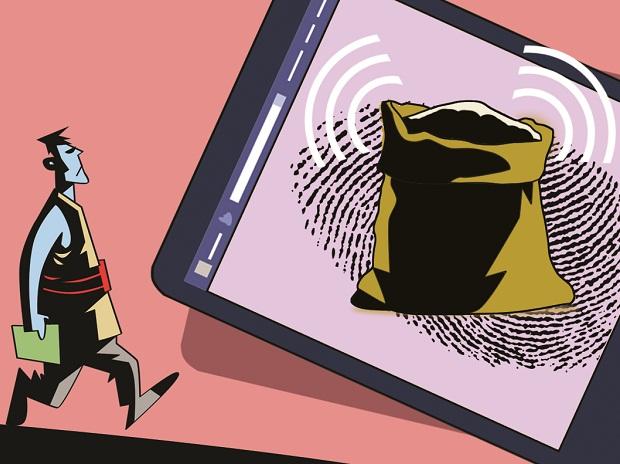Ask any functionary in a panchayat office about whether the Aadhaar has brought anything good to the Public Distribution System (PDS), the answer will be in the positive.
“Yes, a lot of good,” they say. Ask them to name some of the good results and they will immediately retort, “Pilferage has been checked to a considerable extent.”
But if you ask how much pilferage, they would go clueless and fumble. On the contrary, if asked about the problems people are facing, there would be many answers.
A Panchayat Executive Officer (PEO) of Komna block in Nuapada district says, “Pilferage at pancayat level was very insignificant in terms of ghost PDS cards. Aadhaar seeding to check those small leakages has brought many other problems.” The PEO’s reluctance to speak against Aadhaar fades away when he is asked to think in terms of problems people are facing while linking or seeding.
“Yes, sometimes, the beneficiaries have to run to the panchayat office twice or three times if there is a link failure or mismatch of finger prints in the POS,” he says.
“There are three main problems in linking Aadhhar to PDS,” says Reetika Khera, Professor of Economics, IIM, Ahmedabad, who visited some villages of KBK districts recently to study the impact of Aadhaar linking.
“The first is the problem of enrollment in Aadhaar . People have to run to the kiosk several times for enrollment and they pay between Rs 60 and Rs 250 to the agent. I have seen students of primary schools running to kiosks several times, taking leave from their schools. Second is the failure of internet link during distribution and third, mismatch of finger prints in the POS machine. Such problems cost a lot to the poor,” says Prof Khera and adds that the time spent in distribution after the linking and introduction of POS machine has enormously increased.
Many Yogan Sahayaks in charge of distribution of ration at pancayat level agree to this argument. “The process of distribution has become time consuming after the induction of POS machine due to link failure and mismatch of finger prints. It used to take about a week to complete the distribution when it was maintained manually in registers, but now it takes more than two weeks,” they say.
The Aadhaar linking with PDS has also created deprivation for the migrant families,” says State advisor to the Supreme Court Commission on Food Rights Rajkishor Mishra. “Rice is distributed every two months and those who can’t take their stuff before 25th of the month of distribution, their quota lapses. It affects the migrant households a lot,” adds Mishra.
It is revealed by most of the Yogan Sahayaks that quota of about 200 persons in every Panchayat lapses every month due to imposition of dateline and introduction of technology. Previously, the migrant households were entrusting their relatives staying in villages to collect the rice and store it for the cardholders. It helped a lot to the migrant households to celebrate the festival of Navanna after their return. “The Government should think about such problems,” adds Mishra.
pioneer




September 9, 2018 at 4:20 pm
The case is another example of the disadvantages of aadhar system leading to exclusion of people from PDS program